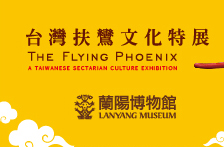
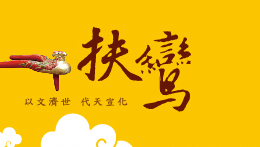

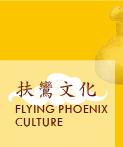
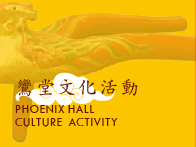
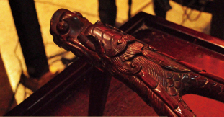


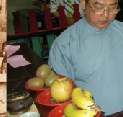
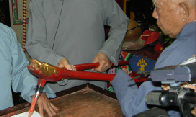
The earliest phoenix hall in Taiwan was established in 1890. Early in the Japanese Occupation, head of Toucheng's Huanxing Hall, Lu Ting-han, deputy head and secretary Wu Bing-zhu, and preacher Lu Qi-di made several trips around Taiwan to hand out books and provide spirit writing instruction. Their effort was a major force behind the development of phoenix halls on the island. Religious Confucianism The Expansion of Phoenix Halls Early in the Japanese Occupation, head of Toucheng's Huanxing Hall, Lu Ting-han, deputy head and secretary Wu Bing-zhu, and preacher Lu Qi-di made several trips around Taiwan to hand out books and provide spirit writing instruction. Their effort was a major force behind the development of phoenix halls on the island.
2-2 鸞堂與教育 鸞堂信仰與書房有密切關聯,書房教育的目的,在於培養學生讀書識字能力,及學生未來參加考試的需要,同時也是家族教育弟子與親族感情的一種聯繫。
Phoenix Halls and Education "From the spirit writing rituals," phoenix hall disciples "learned how to read, write poetry, and properly interact with others." This was a common form of education in Yilan at the time.
2-3 鸞堂與醫藥古時候醫藥資源不足,瘟疫、各種疾病盛行。百姓無力負擔醫療費用,碰到生病大多求神問卜。鸞堂成立後多有提供開方施藥的服務,甚至自設醫院,免費為人問診治病。。
Phoenix Halls and Medicine Medical resources were scarce in ancient times. Epidemics and various other illnesses were extremely common. Ordinary people could not afford medical care and when illness did strike most instead sought spiritual guidance. When phoenix halls were established, many offered medical prescription services and some even set up their own hospitals to provide complimentary consultations and treatment.
2-4 鸞堂與戒鴉片鸞堂在日治初期投入戒鴉片運動,獲得非常大的成效,為台灣人健康有過重大貢獻,尤其三芝智成堂出身的杜聰明,更以醫生投入鴉片戒除與毒物研究,享譽國際。 宜蘭喚醒堂《渡世慈帆•戒洋煙賦》,是由孚佑帝君登鸞降筆,因鴉片毒癮致病危害大眾,勸導世人戒除鴉片煙毒。
Phoenix Halls and the Anti-Opium Movement
|
The characters for loyalty, filial piety, chastity and righteousness written on the right and left walls of Leshan Hall.
|